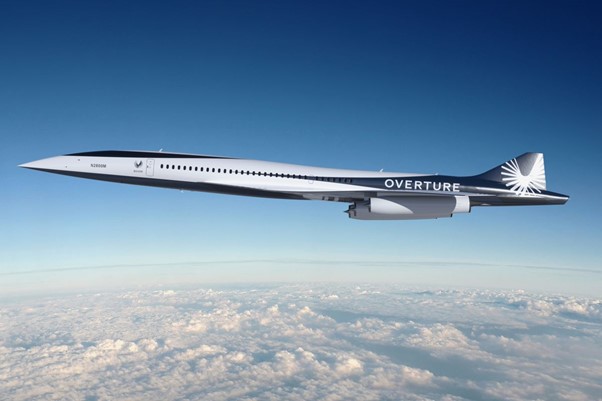
Photo courtesy: Boom Supersonic
The “Son of Concorde”: The Overture Jet
Fast forward to today, and Boom Supersonic’s dream of high-speed travel is edging closer to reality. The company’s next-generation airliner — the Overture — is set to reach cruising speeds of Mach 1.7, ferrying up to 80 passengers between major cities like London and New York in just 3.5 hours. That’s less than half the typical travel time on today’s aircraft.
The Overture Superfactory in Greensboro, North Carolina, now fully operational, serves as the jet’s final assembly site. Here, Boom plans to produce up to 33 aircraft annually, scaling to 66 per year as demand grows. Airlines including American Airlines and United Airlines have already placed conditional orders amounting to 130 aircraft.
Supersonic Sustainability
Unlike its iconic predecessor, Overture has a focus that extends beyond sheer speed. It will operate on 100% Sustainable Aviation Fuel (SAF), dramatically reducing emissions and aligning with global goals for greener aviation. According to Boom, its newly developed Symphony engines will deliver efficient, quiet thrust, enabling both performance and environmental progress.
In a major breakthrough, Boom’s XB‑1 demonstrator — a smaller-scale prototype — achieved Mach 1.12 in its 2025 Mojave test flight, becoming the first independently developed supersonic jet to break the sound barrier since Concorde. These results validated key technologies that will power Overture into the commercial era.
“We’re ready to build the passenger supersonic jet that will pick up where Concorde left off — unlocking a future where sustainable speed is available to travellers worldwide.”
— Blake Scholl, Founder & CEO, Boom Supersonic
Overcoming History’s Challenges
Why did Concorde fade away? High operating costs, fuel inefficiency, loud sonic booms, and safety concerns ultimately grounded the aircraft. By contrast, Boom is re-engineering the concept from the ground up — using digital design, composite materials, and aerodynamic advances to limit noise and lower costs without sacrificing performance.
The Federal Aviation Administration has authorised Boom’s ongoing supersonic test flights, a remarkable milestone that sets Overture apart from competitors. The company’s engineers aim to achieve Mach 1.7 cruise speeds while remaining quieter and significantly more fuel-efficient than earlier generations of supersonic jets.
The Flight Path Toward 2030
Boom Supersonic expects to roll out its first full‑scale Overture prototype by 2027, with certification flights targeted for 2029. Commercial operations could begin by 2030, ushering in a new chapter in the history of aviation. While challenges remain — particularly around engine certification and international overland sound regulations — industry analysts maintain cautious optimism that Boom will succeed where previous programmes stalled.
If successful, Overture will mark the beginning of a second golden age of flight — one where both sustainability and speed define the journey. It’s a future where crossing the Atlantic could take as little time as watching a long movie, and supersonic sound will once again echo high above the clouds.
The Race for the Future
The dream of supersonic travel never truly disappeared — it simply waited for the right time to return. Two decades after Concorde’s farewell flight, Boom Supersonic is proving that innovation and ambition can make the skies faster and cleaner once more.
Learn more about Boom’s vision for sustainable supersonic flight at
boomsupersonic.com.
 Cathay Pacific Elevates Its Membership Experience: Smoother, Simpler, and Better for Every Traveller
Cathay Pacific Elevates Its Membership Experience: Smoother, Simpler, and Better for Every Traveller  Malaysia Airlines Soars to New Heights: Named Among World’s Top 10 Airlines by Condé Nast Traveller
Malaysia Airlines Soars to New Heights: Named Among World’s Top 10 Airlines by Condé Nast Traveller 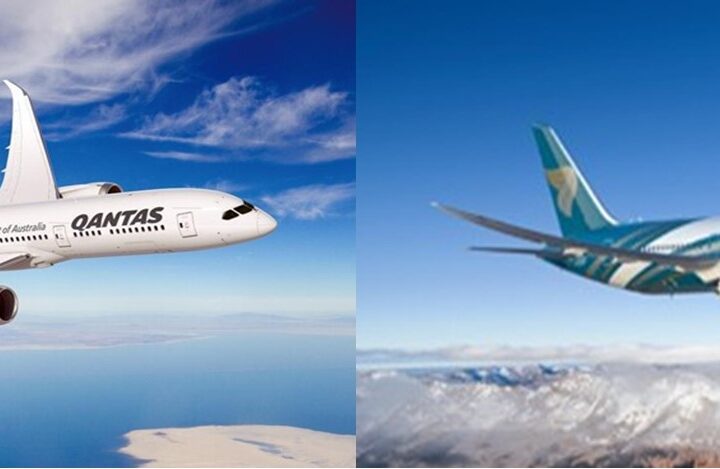 Oman Air–Qantas Partnership: Elevating Airline Loyalty and Middle East Travel for Australians
Oman Air–Qantas Partnership: Elevating Airline Loyalty and Middle East Travel for Australians 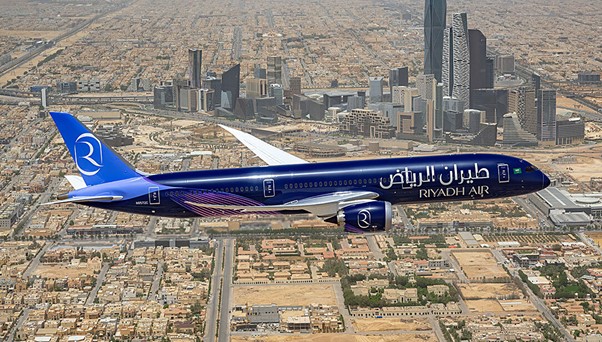 Riyadh Air Takes Flight: Inaugural London Route and Launch of Innovative Sfeer Loyalty Program Mark a New Era in Saudi Aviation
Riyadh Air Takes Flight: Inaugural London Route and Launch of Innovative Sfeer Loyalty Program Mark a New Era in Saudi Aviation 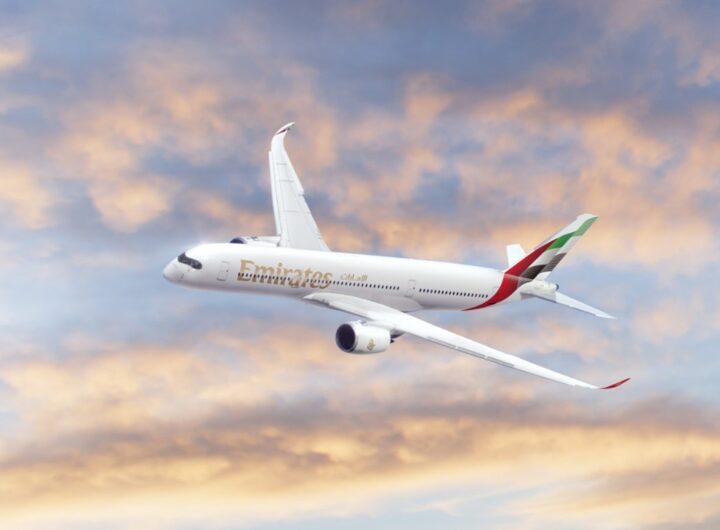 Emirates Bans Power Bank Usage Onboard—New Safety Rules Take Effect October 2025
Emirates Bans Power Bank Usage Onboard—New Safety Rules Take Effect October 2025 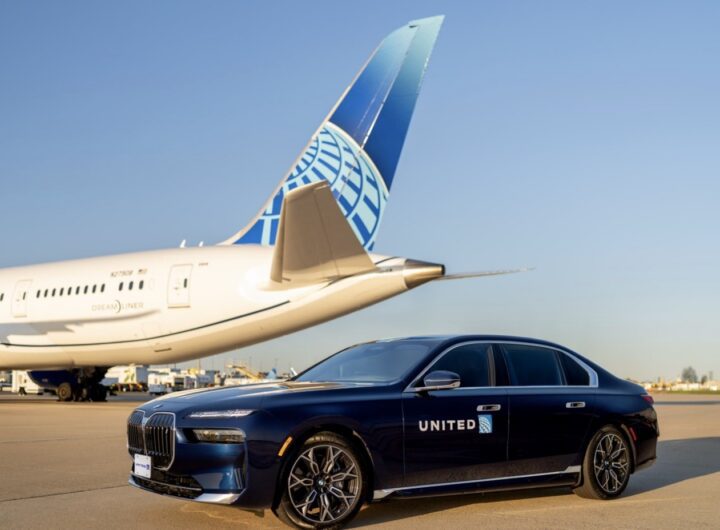 United Airlines Elevate Travel with BMW Free Luxury Tarmac Transfers
United Airlines Elevate Travel with BMW Free Luxury Tarmac Transfers 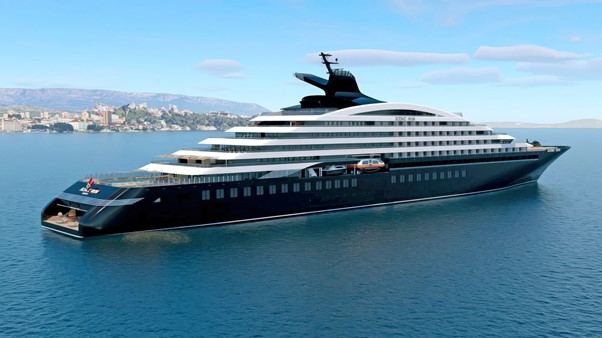 Scenic Group Introduces Scenic Ikon: A New Benchmark in Ultra-Luxury Yacht Cruising
Scenic Group Introduces Scenic Ikon: A New Benchmark in Ultra-Luxury Yacht Cruising 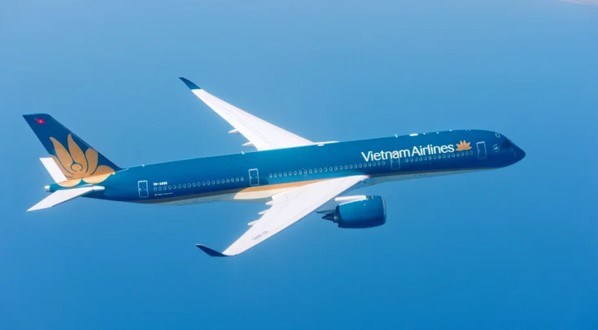 Vietnam Airlines A350 Review: Sydney to Hanoi Flight Experience
Vietnam Airlines A350 Review: Sydney to Hanoi Flight Experience 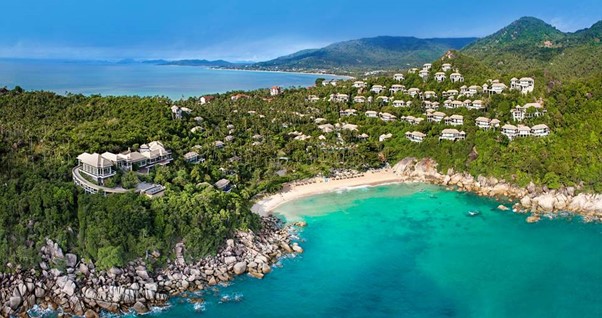 Banyan Tree Samui Acclaimed in Condé Nast Traveler Awards
Banyan Tree Samui Acclaimed in Condé Nast Traveler Awards 